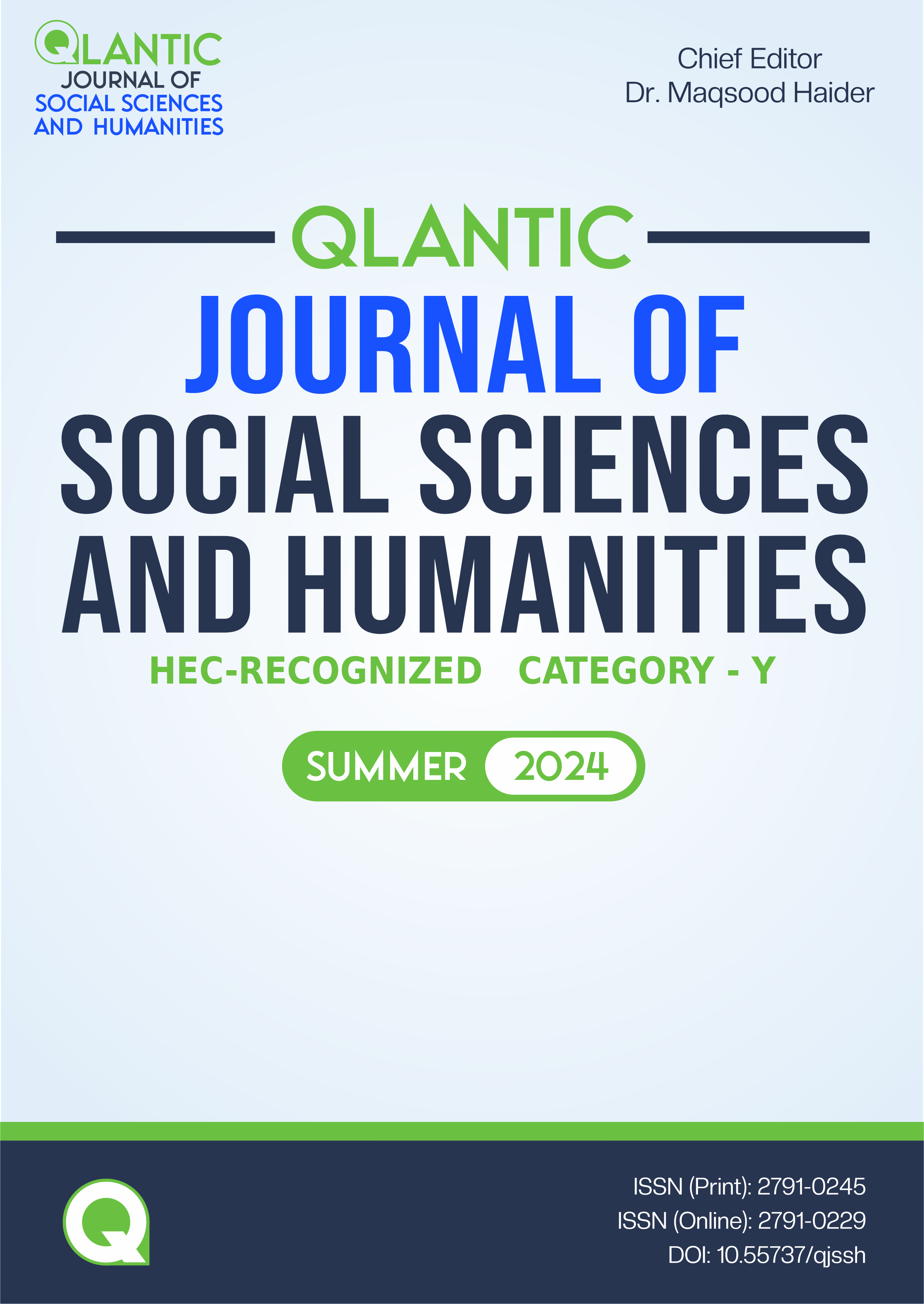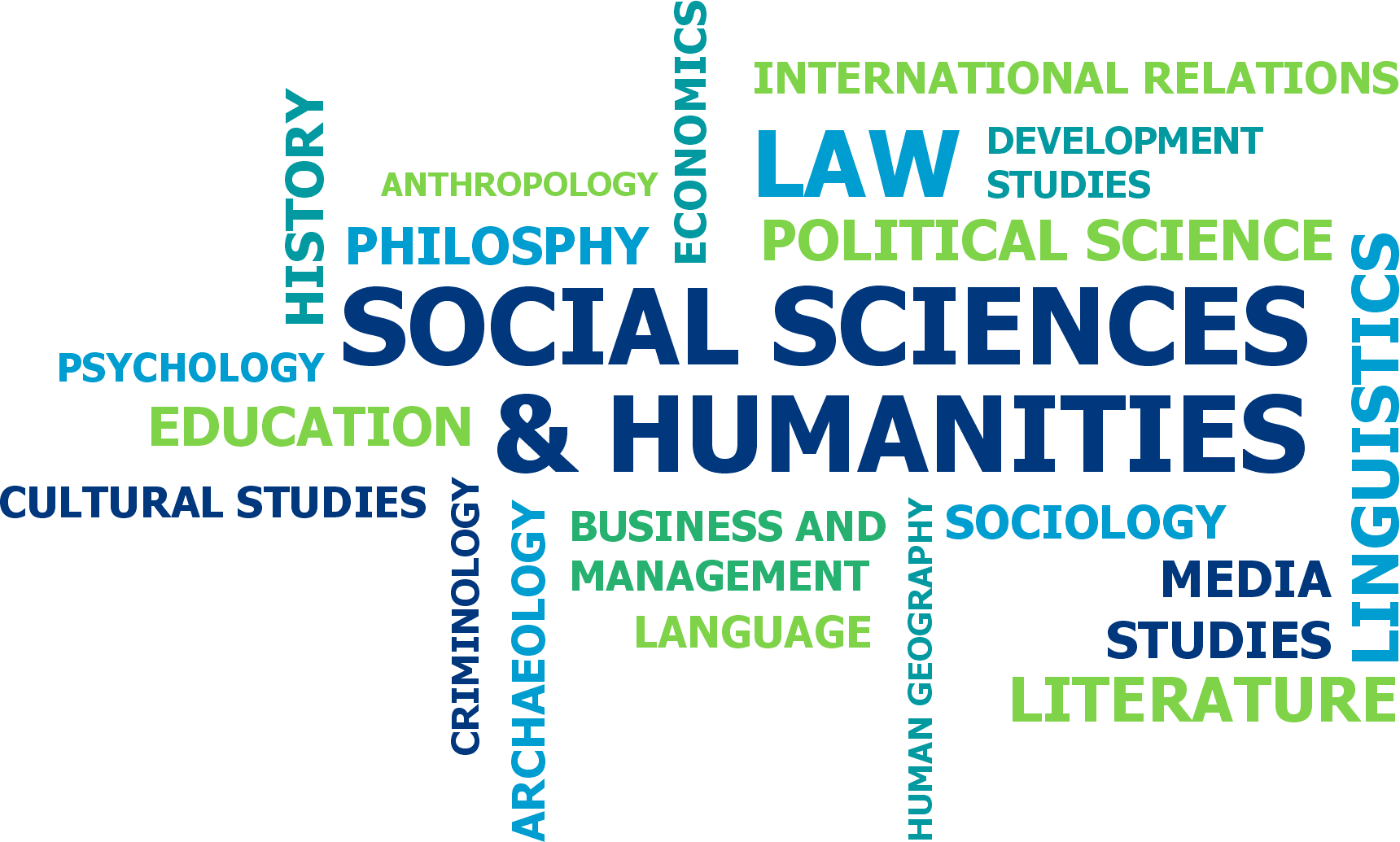Cultural Filiation and Affiliation in Salt and Saffron: A Study of Diasporic Identity
DOI:
https://doi.org/10.55737/qjssh.v-iii.24285Keywords:
Filiation, Affiliation, Diaspora Culture, Salt and Saffron, Post-ColonialismAbstract
This article examines Kamila Shamsie's 2000 book Salt and Saffron to investigate the concepts of "filiation" and "affiliation" in relation to migrant society. The individuals in the narrative acquire knowledge of local beliefs, languages, and customs from their parents and other family members, hailing from other nationalities. We designate this cultural phenomenon as "filiation." They adhere to the regulations of the extraterrestrial nations upon their settlement and subsequent visibility. Altering their social environments demonstrates the complexity of their identities and significantly influences their beliefs, attitudes, and behaviors. As "affiliation" transitions to "filiation," scholars are investigating the evolution of relationships within a diaspora context and the impact on traditional norms, behaviors, and notions rooted in familial histories. The tale chronicles the Dard-e-Dil family's experiences and the evolution of their "filiated" views and ideals via interactions with persons from many backgrounds. These themes derive from the distinguished postcolonialist Edward Said. Specifically, they stem from his notions of "filege" and "affinity." These principles facilitate an analysis of the story in Salt and Saffron (2000).
References
Ali, A. (1973). Twilight in Delhi. New Delhi: Sterling Publishers.
Ali, T. (1973). Shadows of the pomegranate tree. London: Verso.
Appadurai, A., & Breckenridge, C. A. (1988). Why public culture? Public Culture, 1(1), 5-9. https://doi.org/10.1215/08992363-1-1-1-5
Ashcroft, B., & Ahluwalia, P. (1999). Edward Said. London: Routledge.
Farooq, U. (2011, December 8). Elements of culture: Basic elements of culture. http://www.studylectures.com/social-sciences/113-elements-of-culture
Gabriel, S. P., Gomez, E. T., & Rocha, Z. (2012). Between policy and reality: multiculturalism, the second generation, and the third space in Britain. Asia Europe Journal, 10(4), 267-285.https://link.springer.com/article/10.1007/s10308-012-0337-z
Jenkins, R. (1967). Address by the home secretary to the institute. Race, 8(3), 215–221. https://doi.org/10.1177/030639686700800301
Khushwant, S. (1990). Train to Pakistan. New York: Grove Press.
Loomba, A. (1998). Postcolonialism—Or postcolonial studies. Interventions: International Journal of Postcolonial Studies, 1(1), 39-42. https://doi.org/10.1080/13698019800510121
Olsen, D. A., Blunt, A., & Rose, G. (1995). Writing women and space: Colonial and postcolonial geographies. Geographical Review, 85(2), 261. https://doi.org/10.2307/216078
Pandey, G. (2001). Remembering partition: Violence, nationalism, and history in India. Cambridge: Cambridge University Press.
Safran, W. (1991). Diasporas in modern societies: Myths of homeland and return. Diaspora, 1(1), 83-99. https://doi.org/10.1353/dsp.1991.0004
Said, E. W. (1979). Orientalism. New York: Vintage Books.
Said, E. W. (1983). The world, the text, and the critic. Cambridge, MA: Harvard University Press.
Said, E. (1994). Reflections on exile. In R. Ferguson et al. (Eds.), In out there: Marginalization and contemporary cultures (pp. 357-366). New York: New York Museum of Contemporary Art / MIT Press.
Shamsie, K. (2000). Salt and saffron. New York: Bloomsbury.
Shamsie, K. (2002). Kartography. Orlando: Harcourt.
Sidhwa, B. (1988). Ice-candy-man. London: Heinemann.
Sidhwa, B. (2008). The Pakistani bride. MN: Milkweed Editions.
Tyson, L. (2006). Critical theory today: A user-friendly guide. New York: Routledge.
Downloads
Published
Issue
Section
License

This work is licensed under a Creative Commons Attribution-NonCommercial 4.0 International License.





